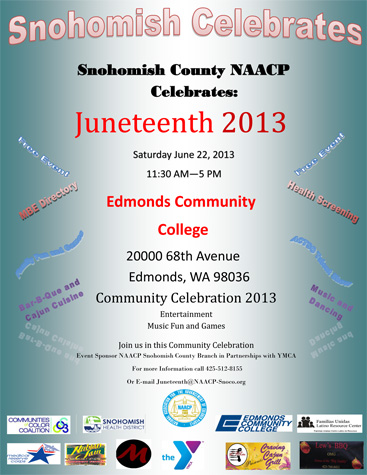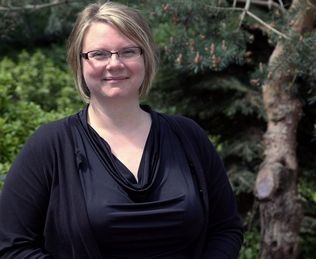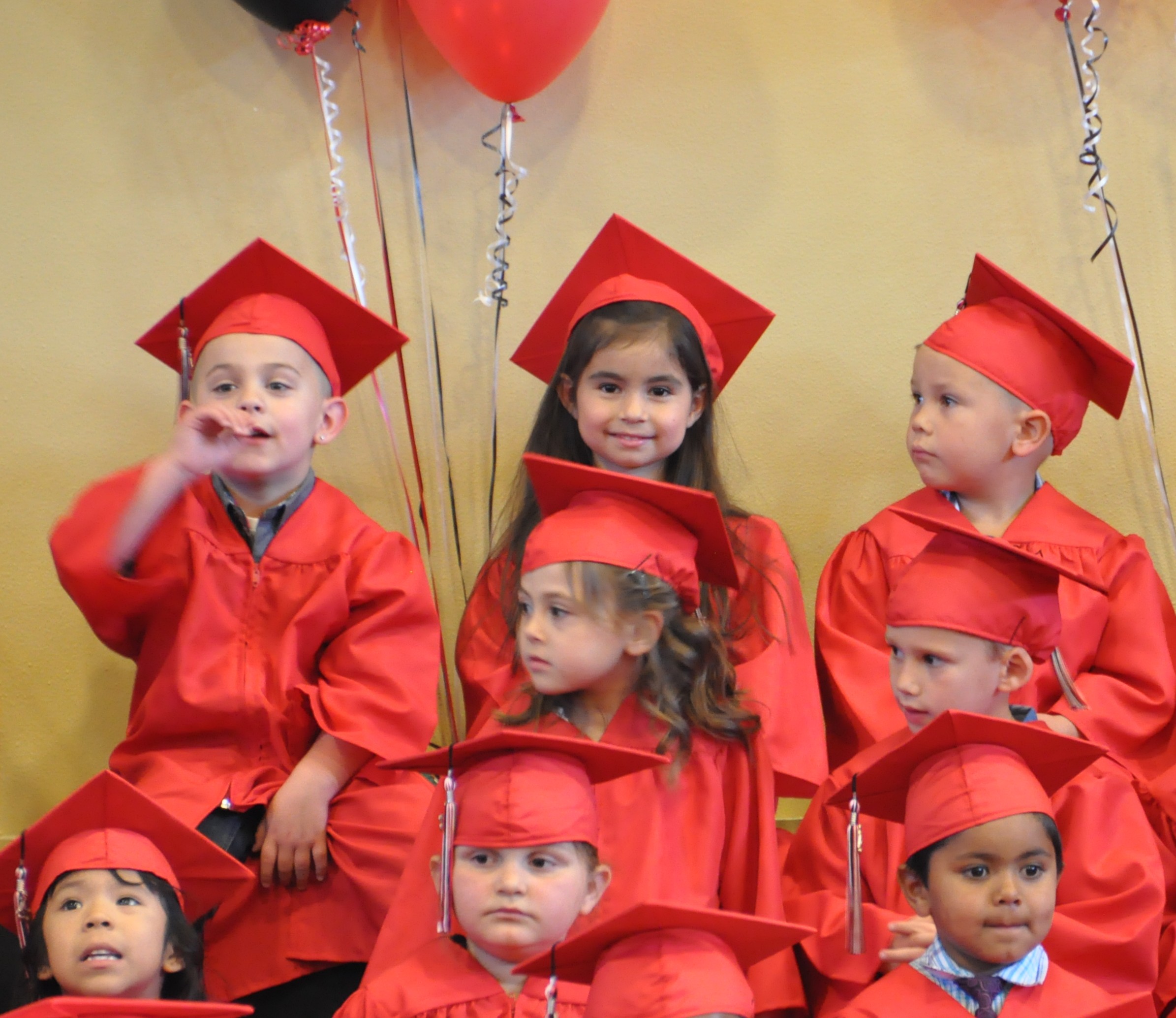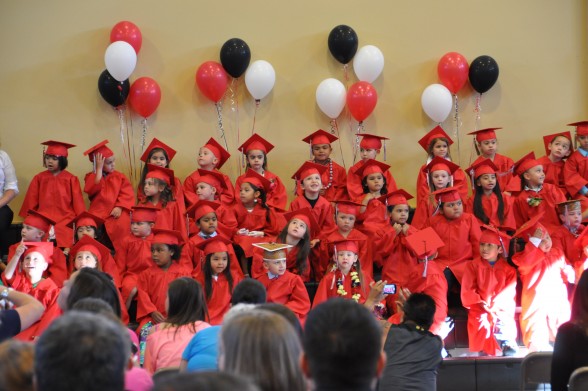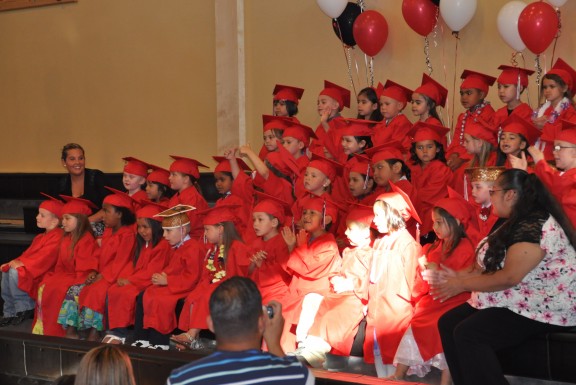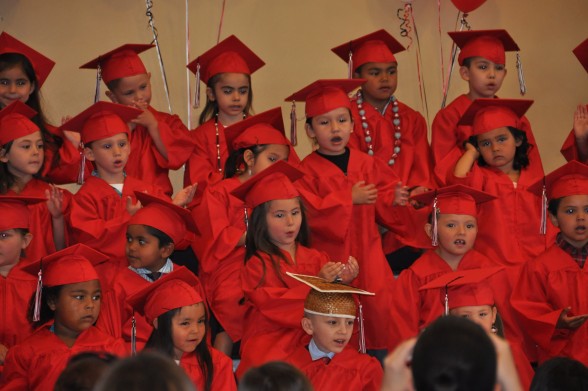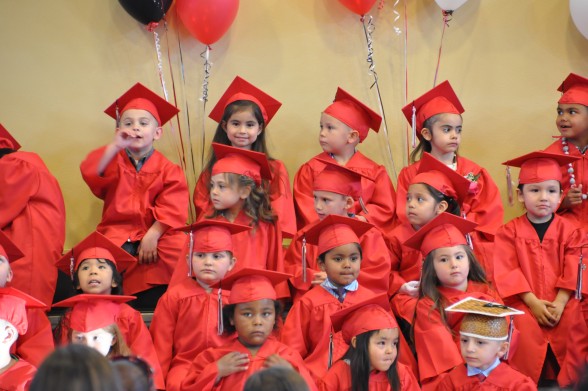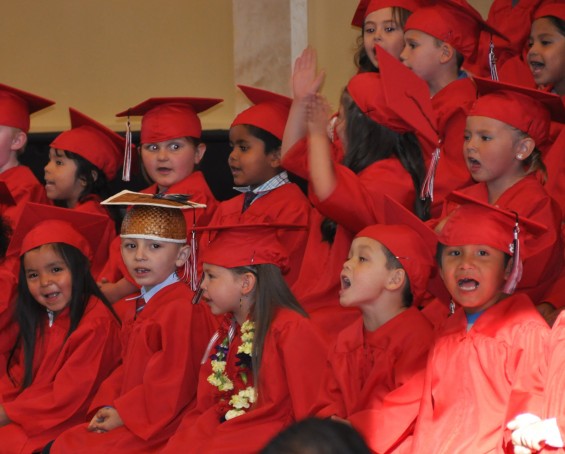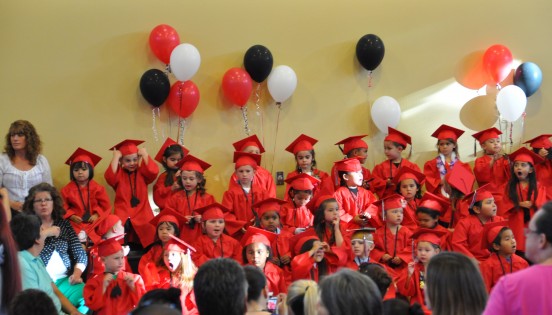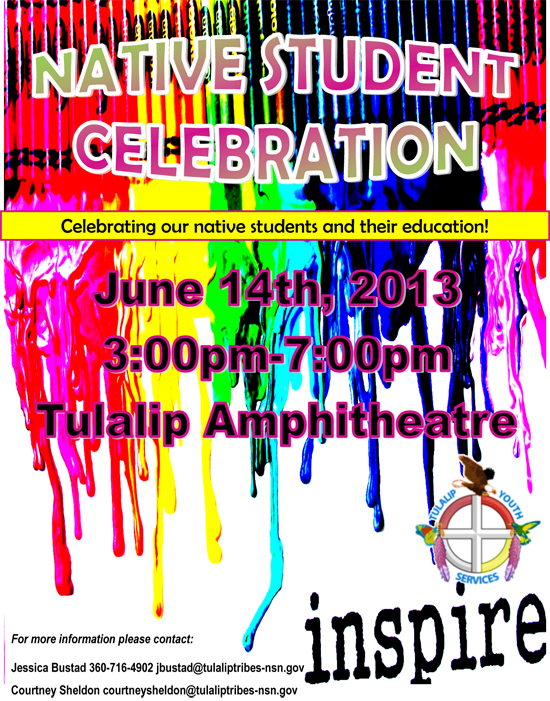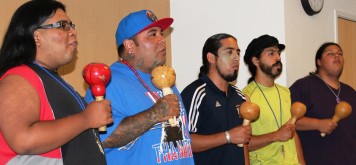Undergraduate students at the UW will be required to complete a class in some area of social, political or economic diversity before they can graduate.
By Lornet Turnbull, The Seattle Times
Saying it has an obligation to prepare students for a more global society, the University of Washington will require undergrads to complete a course in some area of diversity — economic, cultural or political — before they can graduate.
The new policy, initiated by a group of mostly minority students, followed three failed attempts over the past 22 years to introduce changes meant to ensure that all graduating students know a little more about other cultures and people who differ from them than they did when they first arrived.
The three-credit course won’t add to the number of hours students now need to obtain a bachelor’s degree. And it won’t apply to current undergrads, only to the incoming class in the year the policy takes effect — possibly next fall.
Helen Fillmore, a graduating senior majoring in environmental science and resource management, is a member of First Nations @ UW and of the UW Students for Diversity Coalition, which began pushing for these changes nearly three years ago.
“Students come from different places with different backgrounds and … arrive at the university where we’d become part of this huge melting pot,” she said. But the differences that students bring with them aren’t always positively recognized.
“Here we are in a place where we have a lot of ability to grow, not just while we’re here but after we graduate and enter the workforce. We’re so much more connected than ever before … yet there’s still so much bickering.”
The new requirement is tailored around a broad definition of diversity, covering areas such as sexual orientation, disability, class, race, age, gender, religion and politics.
To satisfy it, students on the UW’s Seattle, Bothell and Tacoma campuses would be able to choose from among 400 and 500 courses that are already part of the curricula, such as Peasants in Politics, Class and Culture in East Asia, Gender and Spirituality and World Music. Two-thirds of UW students already take classes that satisfy the diversity requirement.
The three credits would count toward the general-education requirement students already must meet to graduate.
Fine-tuning proposal
To be sure, the UW isn’t blazing any new trail here, and in fact may be behind the curve with this requirement, which has been approved by President Michael Young.
A majority of four-year institutions across the country, including Washington State University, already have a diversity requirement for graduation.
At least three other times in the 1990s, UW student groups tried, but failed, to get a similar policy implemented. Fillmore said at first she worried this effort would fail as well.
Some faculty members thought the definition of diversity in the proposal was not broad enough, excluding areas such as politics and economics, and some raised concerns that it put too much emphasis on concepts such as power and privilege.
Fillmore said initial questions also suggested some faculty members felt the minority students were angry about something or that their effort amounted to a political statement of some kind.
Over two years, faculty members in various committees worked with the students to fine-tune the proposal and expand the definition of diversity. The requirement also was changed from five credits to three.
James Gregory, chairman of the Faculty Senate, which must approve all such changes, said “there was a lot of wordsmithing and adjusting the resolution at various stages.”
“There were changes in executive committee, more changes on the floor of the Senate,” said Gregory, a history professor. “A lot of the things that bothered certain faculty members were worked out.”
In retrospect, Fillmore believes it helped, too, that students met repeatedly with faculty members to make sure they understood the significance of what the students wanted to accomplish, even before the proposal was brought up for a vote.
“In the last part of last year and first part of this year I spent more time in meetings with faculty than I spent with my friends,” Fillmore said.
The Faculty Senate approved the measure in April.
Now, the dean of each school and college within the UW must approve a list of courses to satisfy the diversity requirement for their students.
Some opposition
Comments on a UW student newspaper article about the new policy reflected some opposition, including from one person who noted the UW is not a liberal-arts school and referred to the requirement as another hoop students with coursework-heavy majors would have to jump through.
Gregory, though, characterized the final policy as “a very modest curriculum requirement.”
“It doesn’t complicate the curriculum,” he said. “We were careful not to do that.”
Universities, Gregory said, are preparing young people for adulthood and for jobs that in many cases will involve visits to countries around the world and interactions with people of different cultures abroad as well as at home. UW students “have a chance to explore that in a classroom environment,” Gregory said.
“The fact that so many students are already taking courses that deal with some aspect of diversity shows a recognition among students that this is valuable.”


